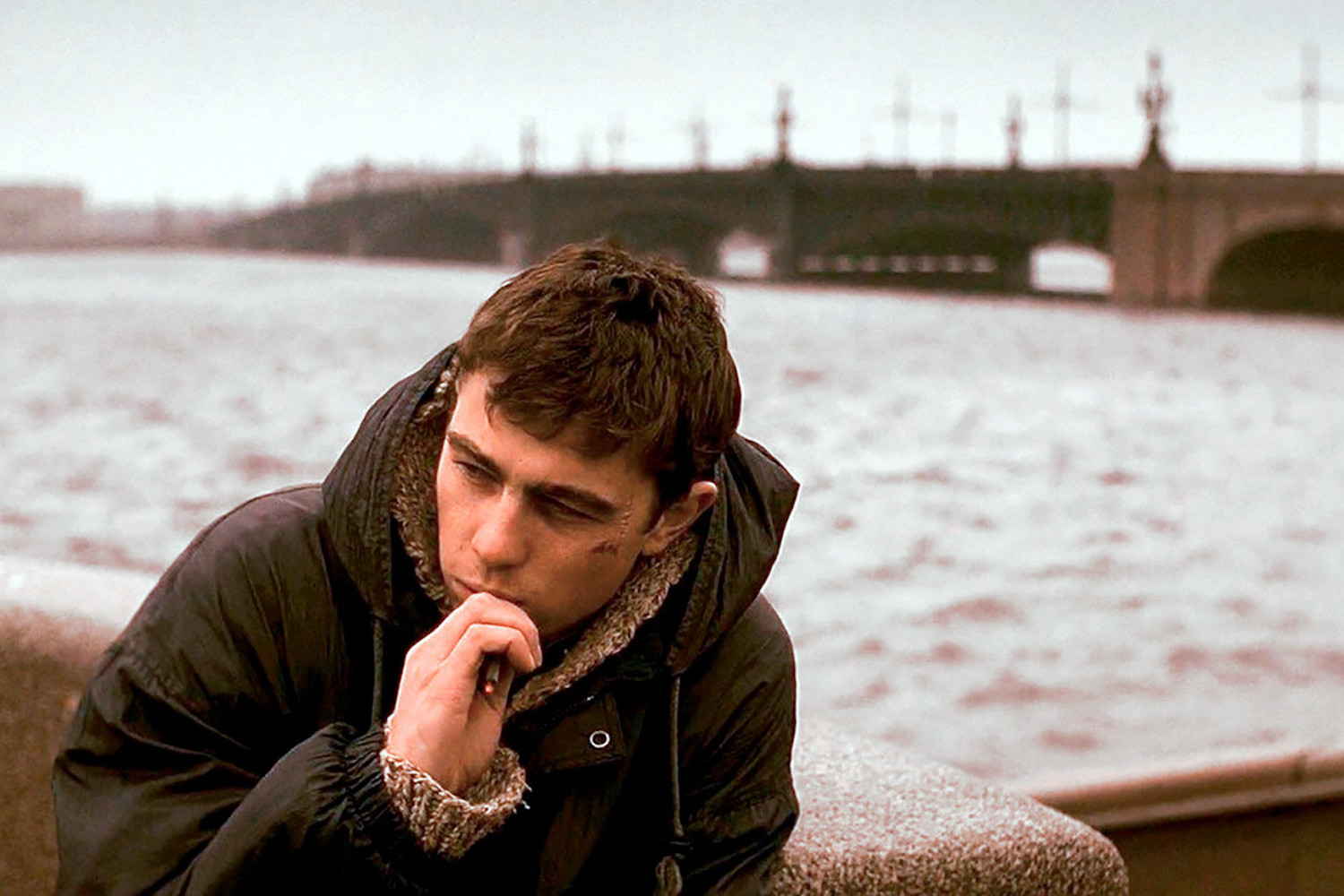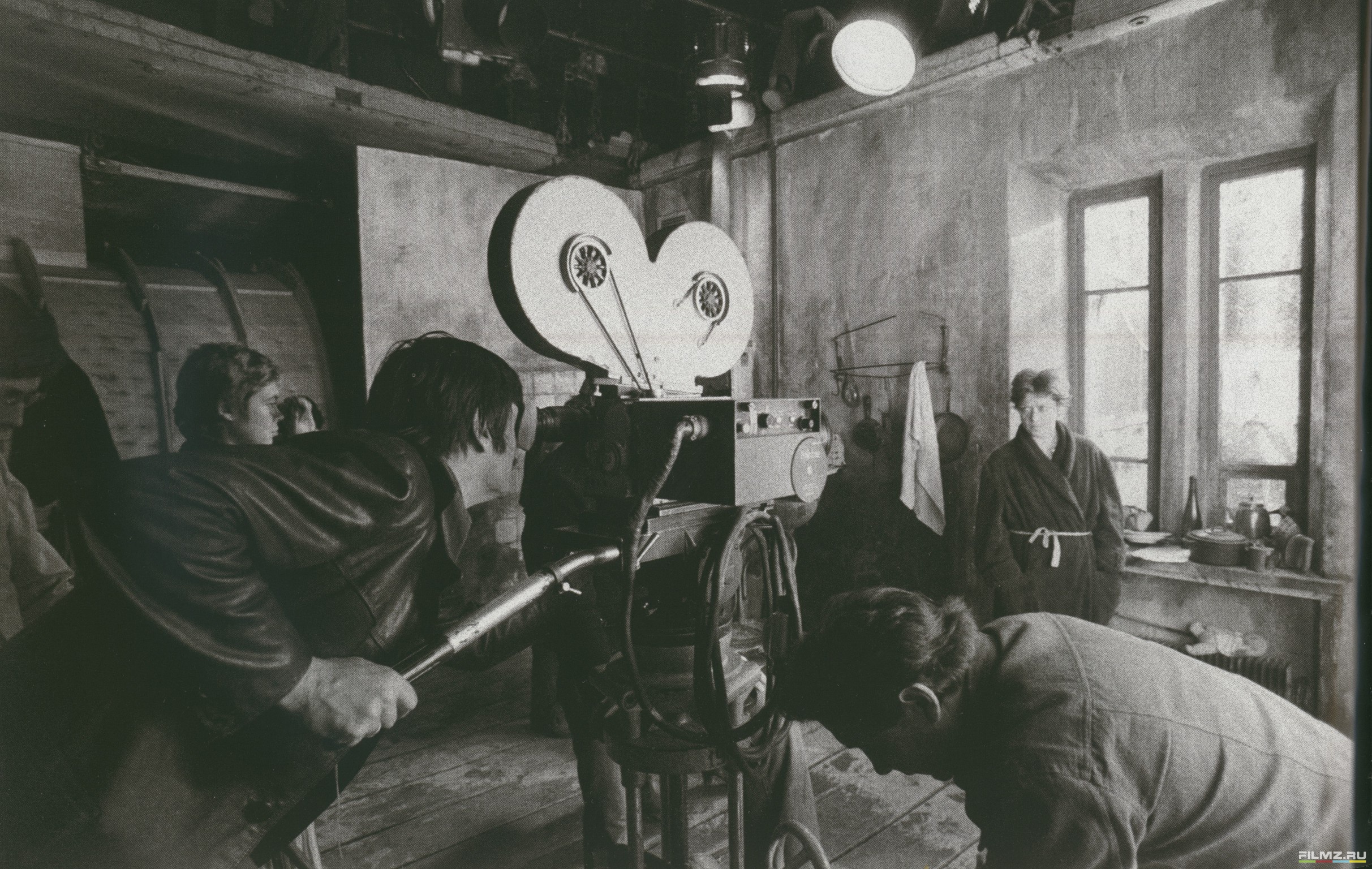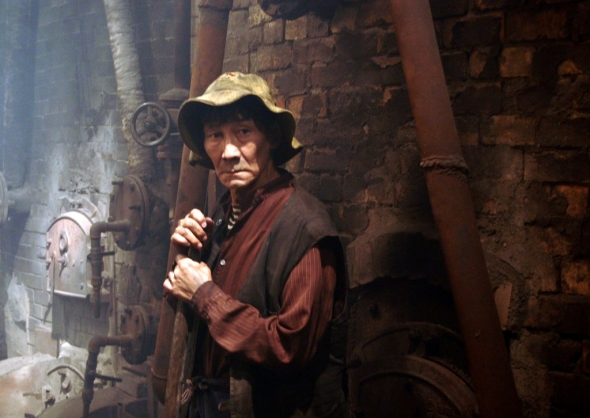Aleksey Balabanov: where to start with his films
There rarely comes a director who distills the essence of their era so perfectly as Aleksey Balabanov. In the minds of many, his name is almost synonymous with 90s Russia, with its conflicts, bandits, and businessmen, as well as its search for a new identity, new heroes, and new cinema. Balabanov was an inimitable master at capturing this zeitgeist and holding a mirror to his contemporaries. He also refrained from moralising or patronising — although not from subtle irony and not-so-subtle controversy.
Although best known for his quasi-gangster dilogy Brat (or Brother in English), Balabanov left behind a filmography that is much more diverse than these two blockbusters. Often called the last modernist director, Balabanov was deeply inspired by 20th century literature, but he was also equally interested in Yakut legends and history, as well as the lyrics from his favourite local rock bands like Nautilus Pompilius.
Born in Yekaterinburg (then called Sverdlovsk) in 1959, Balabanov studied translation at university before serving in the Soviet aviation forces. He eventually moved to Leningrad (modern-day St Petersburg) in 1990, at the very beginning of the decade that would prove seminal for him and earth-shattering for the country. Most of his feature films take place in St Petersburg, with which they share a certain cinematic sensibility: like the city, they are cold and tough, intellectual and ruthless, and endlessly fascinated with decay and decadence. Similar to another sombre Petersburger, Fyodor Dostoevsky, Balabanov delves deep into the problems of evil and cruelty, not shying away from graphic scenes. His films can be hard to watch, but their violence is never unnecessary in narrative terms: it is often symbolic and always self-aware.
The director’s own life was marked by multiple tragedies and deaths. In 2000, Tuyara Svinoboeva, the leading actress of his film The River, was killed in a car crash during the shoot. The film was never finished, but Balabanov was able to put together a shorter version of the movie in post-production. His friend and collaborator, Sergei Bodrov Jr., who played the charming but fair killer Danila Bagrov in the Brat films, died two years later at the age of 30. Along with 41 members of cast and crew of his film Messenger (a lot of whom came from Balabanov’s own team), Bodrov Jr. was killed in the Kolka–Karmadon rock ice slide.
Balabanov’s later films could still be brutal but had less bravado, and a deep sadness often crept into the stories. Many speculated that it was the deaths of Svinoboeva and Bodrov that turned him from a somewhat cocky young man who famously said that there was “nothing to do in Cannes”, into a withdrawn hermit figure in his signature sailor shirt. Humble as ever, Balabanov argued: “I don’t consider film to be an art. Art is when a person does something on their own […] but when you depend on 50 people, what kind of art is that?”
Contemporary critics and scholars would disagree. As too often happens, Balabanov was not widely celebrated during his lifetime, but his death in 2013 at the age of 54 seemed to seal his reputation as a central auteur of new Russian cinema. Two iterations of the Balabanov Conference have taken place in St Petersburg, while his films are travelling around the world (most recently, they were shown at a retrospective in Paris), and papers as well as whole books are written about his work.
Here’s our own first-timer’s guide to navigating Balabanov’s oeuvre.
Brat (1997) & Brat 2 (2000)
It is impossible to talk separately about the parts of this perfect diptych: they need each other, just like the two brothers at the centre of their stories. Shot in 1997 on film which had been left from yet another adaptation of Anna Karenina (courtesy of director Bernard Rose), the first Brat is entirely set in St Petersburg. At the centre of the story is young veteran Danila Bagrov (Bodrov Jr.) who returns from the Chechen Wars to find his elder brother, a professional hitman, in a bind. What follows is an action-packed narrative, punctuated by Danila’s aphorisms — many of which could easily have come from political leaders of the new Russia.
If Brother is the Iliad, Brother 2 is the Odyssey: it sees our hero travel to the mythical land of the United States, where this time, he has to help his friend’s brother. Dmitry Gromov, the brother in distress, is a Russian hockey player who competes in the NHL but is forced to give his money to a local businessman — that is, until Danila makes it to Chicago. Seeing that the irony of the first film escaped some viewers, Balabanov created a parody of Brother that, despite its exaggerated satire, many took seriously once again. Its populist anti-PC remarks and discussions of power and patriotism remain among Russia’s most favourite film quotes, whether they are used ironically or not.
Morphine (2008)
Based on Mikhail Bulgakov’s eponymous short story and A Young Doctor’s Notebook cycle, Morphine is a tale of addiction and revolution. It comes as no surprise that Balabanov, who was so interested in the radical historic changes of the 90s, decided to set his film amid an even more chaotic time of Russian history — 1917. Set in a remote village in Yaroslavl region, Morphine tells the tragic story of young and talented doctor Polyakov, who is administered the drug for pain relief after an allergic reaction. Instantly addicted, he struggles to maintain his practice and his relationships, while revolution dawns in the country.
Balabanov masterfully merges several of Bulgakov’s short stories into a single spiralling narrative of trauma, disease, and political and social crisis. The film stars a number of the filmmaker’s favourite actors, including Ingeborga Dapkūnaitė and Aleksei Poluyan, and features a soundtrack by Alexander Vertinsky, a celebrated Ukrainian-Russian composer of the first half of the 20th century.
Cargo 200 (2007)
A slightly more obscure literary adaptation, Cargo 200 is loosely based on William Faulkner’s scandalous novel Sanctuary. “There’s a corruption about even looking upon evil,” says one of the book’s characters, and if that is so, then one might be advised to skip this film altogether.
Titled after the code name for the zinc coffins in which fallen soldiers were shipped home from the Soviet-Afghan war, Cargo 200 is set in the proverbial year of 1984. The Soviet Union, close to its dissolution, is fighting a losing war in Afghanistan, which it is largely keeping secret from its own citizens — but the dead bodies which arrive home from Kabul speak louder than the state propaganda. A ghoulish story of kidnapping and rape, Cargo 200 is a gut-wrenching but brilliant portrayal of the not-so-paradoxical impotence and violence of power. Interestingly, it was not even the graphic scenes of assault that disturbed many viewers, but the director’s claim that the film was based on real events. Balabanov keenly understood the mechanisms of collective memory, and knew that Cargo 200 would split the audience in half, laying open the abyss between those who remembered the Soviet era as a nightmare, and those who wished to return to the USSR.
I Want It Too (2012)
Balabanov’s last film, often called his swan song, sees a disparate group of people — a gangster, his friend and his elderly father, a musician, and a sex worker with a degree in Philosophy — get together in search of the magic Bell Tower of Happiness. All of these people are united by the hope that the tower will “take them”, even though none of them is sure where exactly they would be taken to. Set in the snowy landscapes of nuclear winter to the avant-garde soundtrack by Leonid Fyodorov, I Want It Too bears some similarities to the Strugatsky brothers’ novel Roadside Picnic and its most renowned adaptation, Andrei Tarkovsky’s Stalker. Still, it is very much its own story — and the most personal of all Balabanov’s films.
As he grew older, questions of faith became increasingly important for the filmmaker, who sensed that his life was coming to its end. In I Want It Too, he makes a cameo as a dying director who has also travelled to the Tower; it is a pitiless and poignant self-portrait. Balabanov passed away several months after the film’s release. Meanwhile, the real-life tower that was featured in I Want It Too collapsed from old age and disrepair — just 40 days after the director’s death.
All of Aleksey Balabanov’s films are available on MUBI. The Calvert Journal has partnered with MUBI to offer a 30-day free trial.


